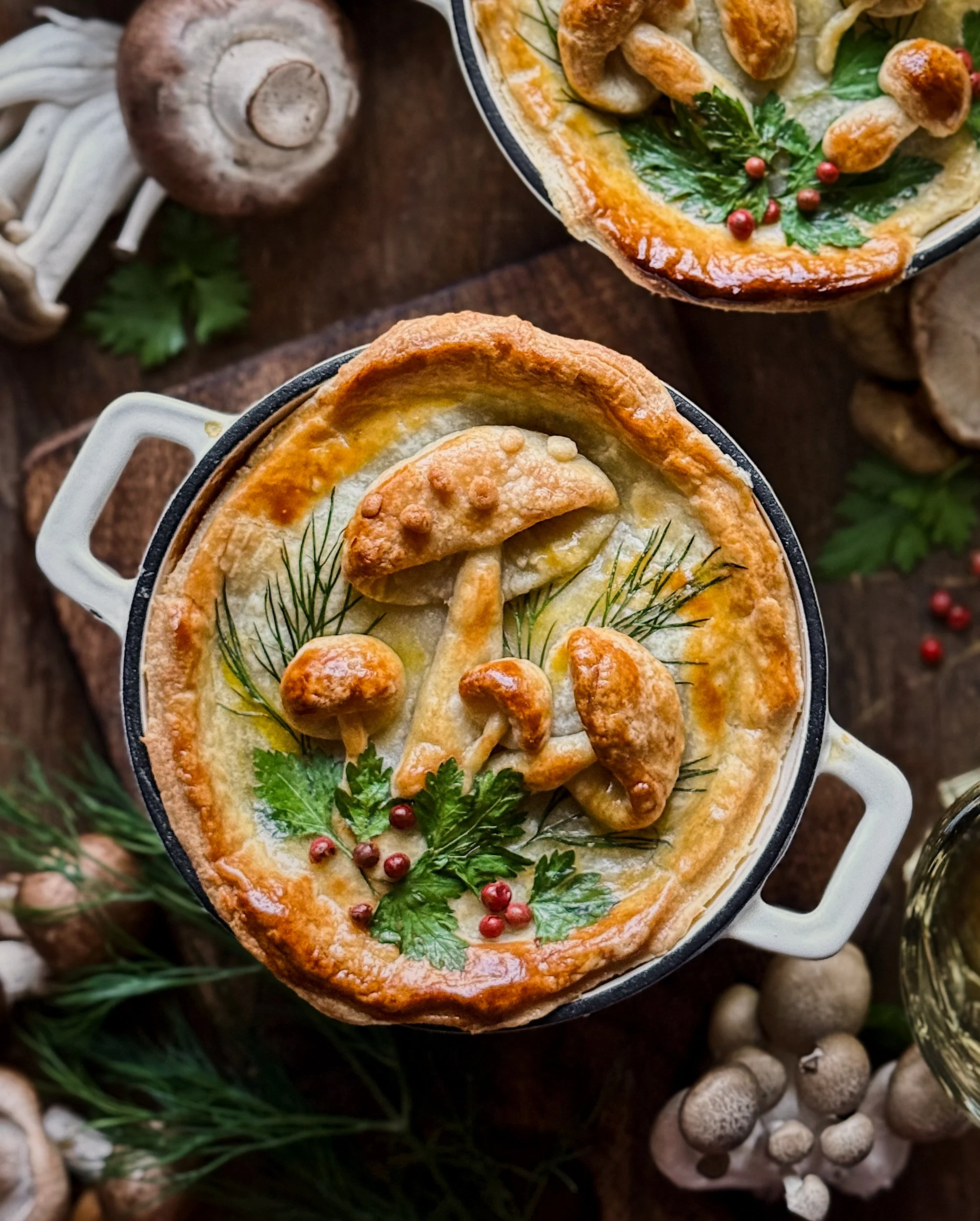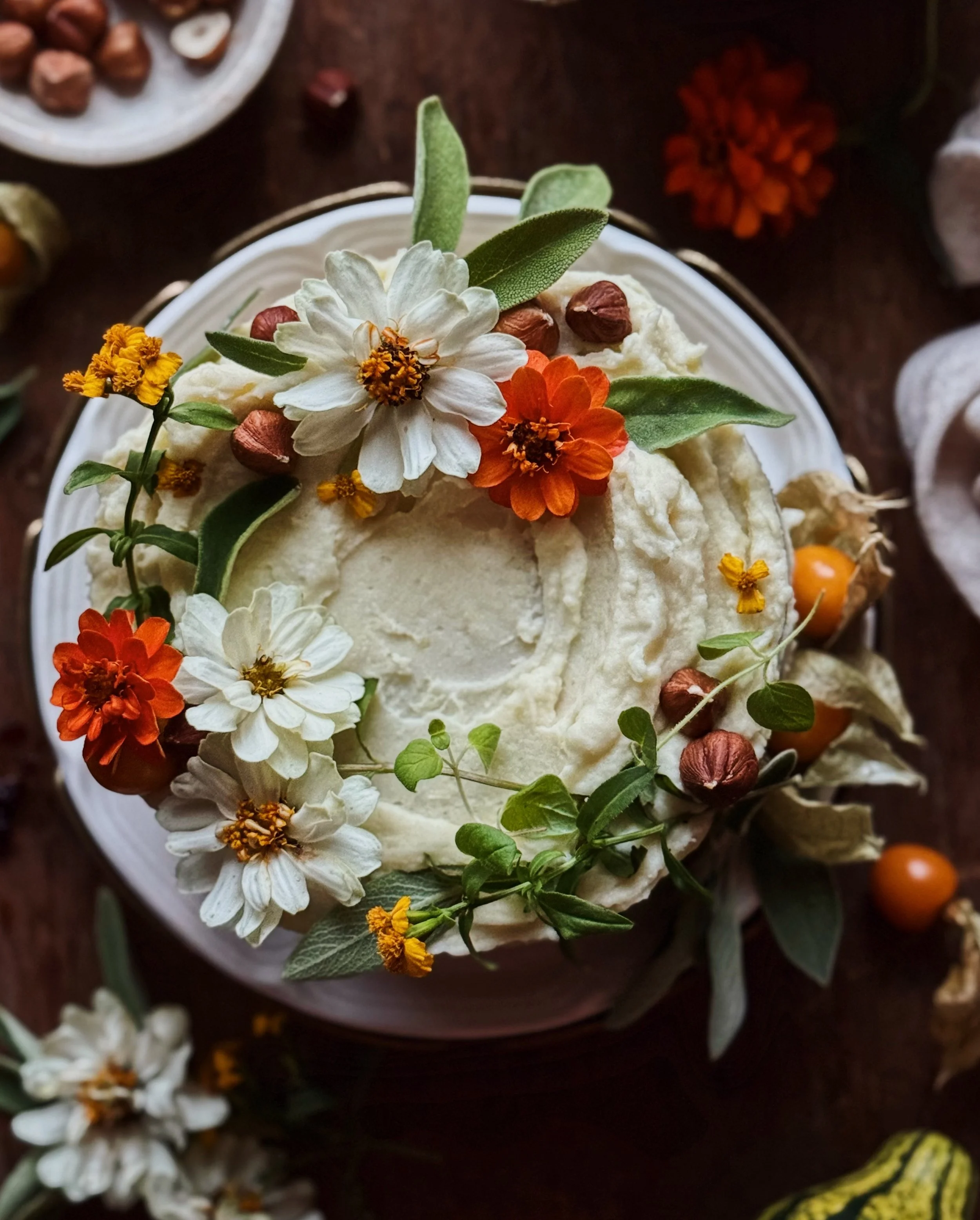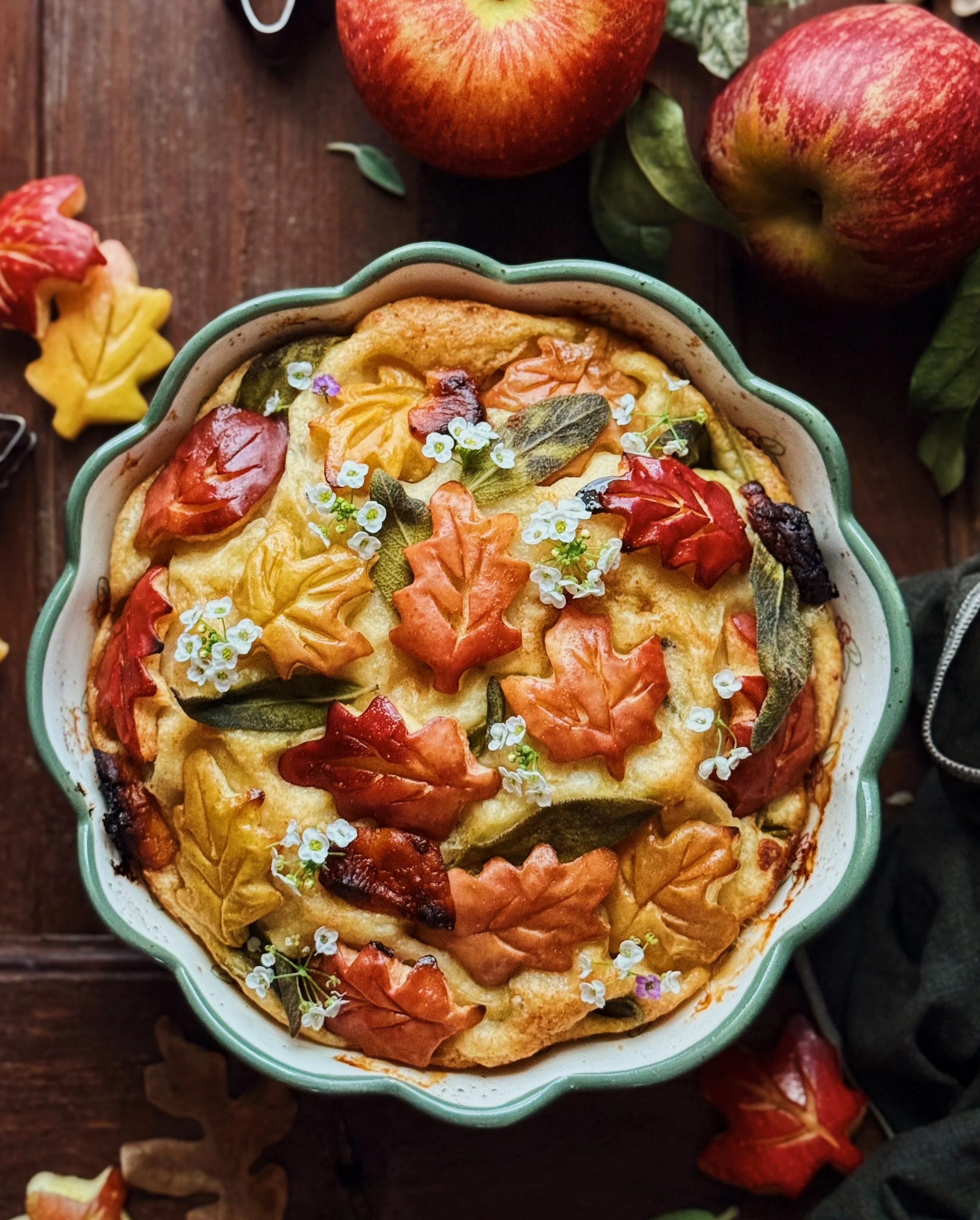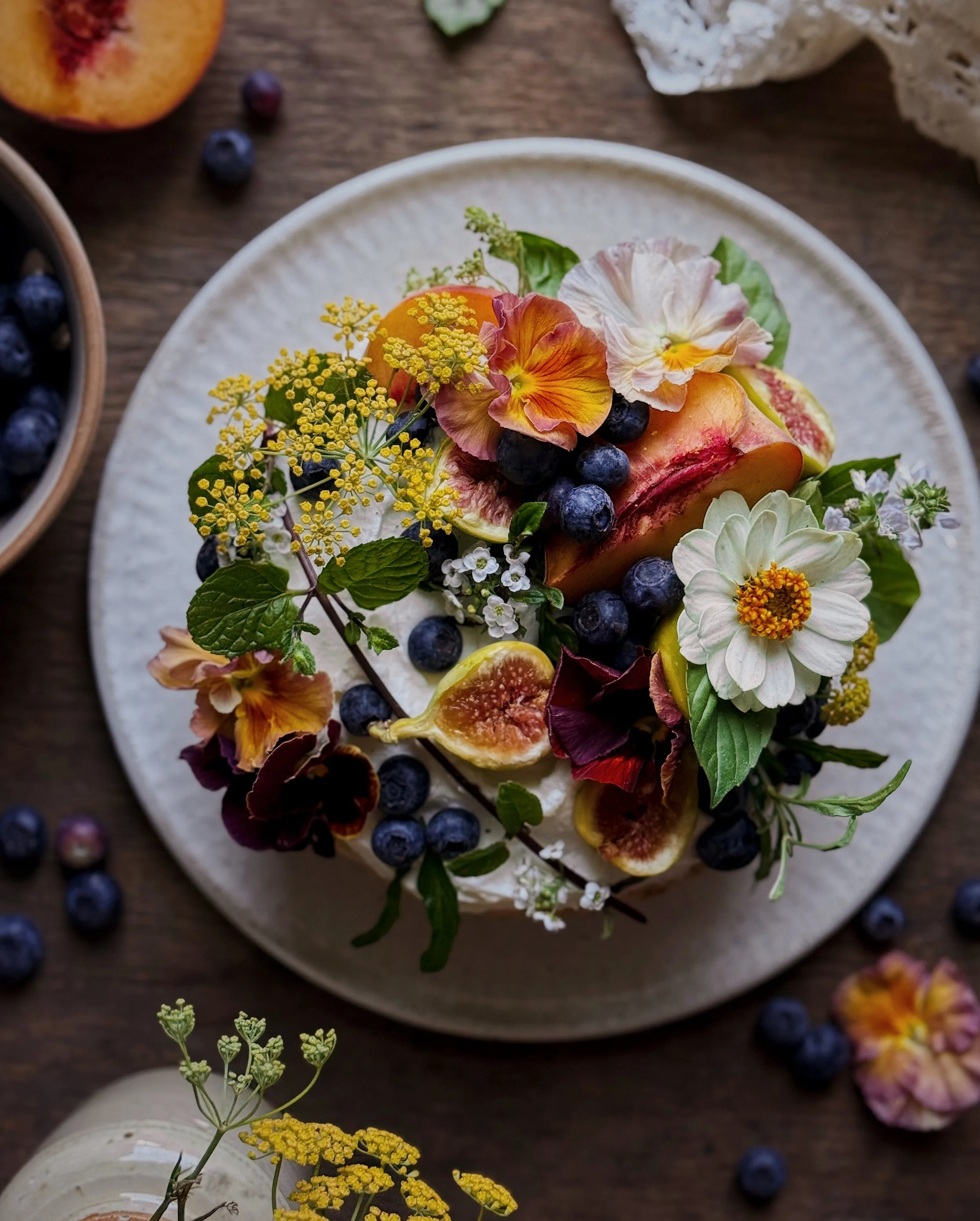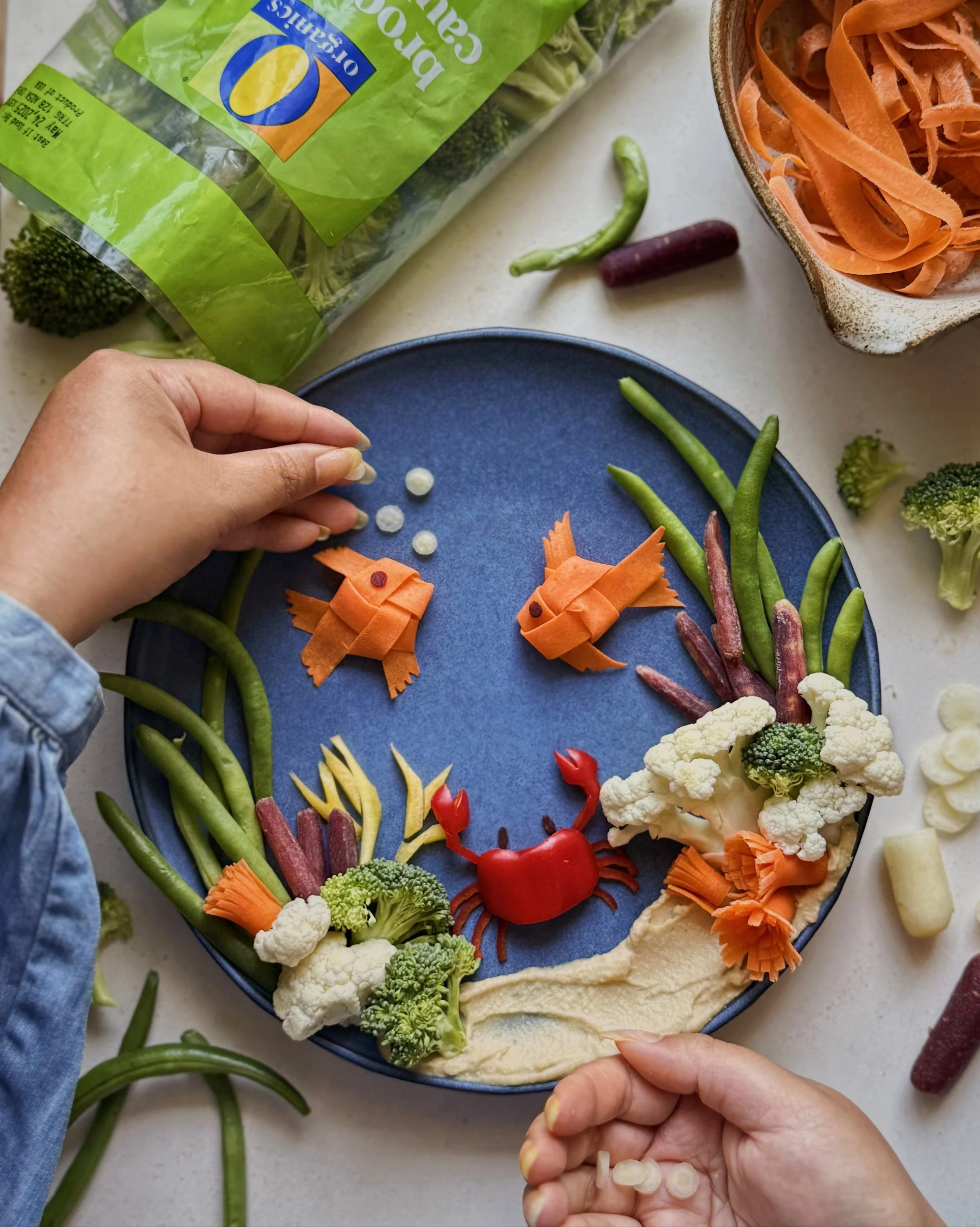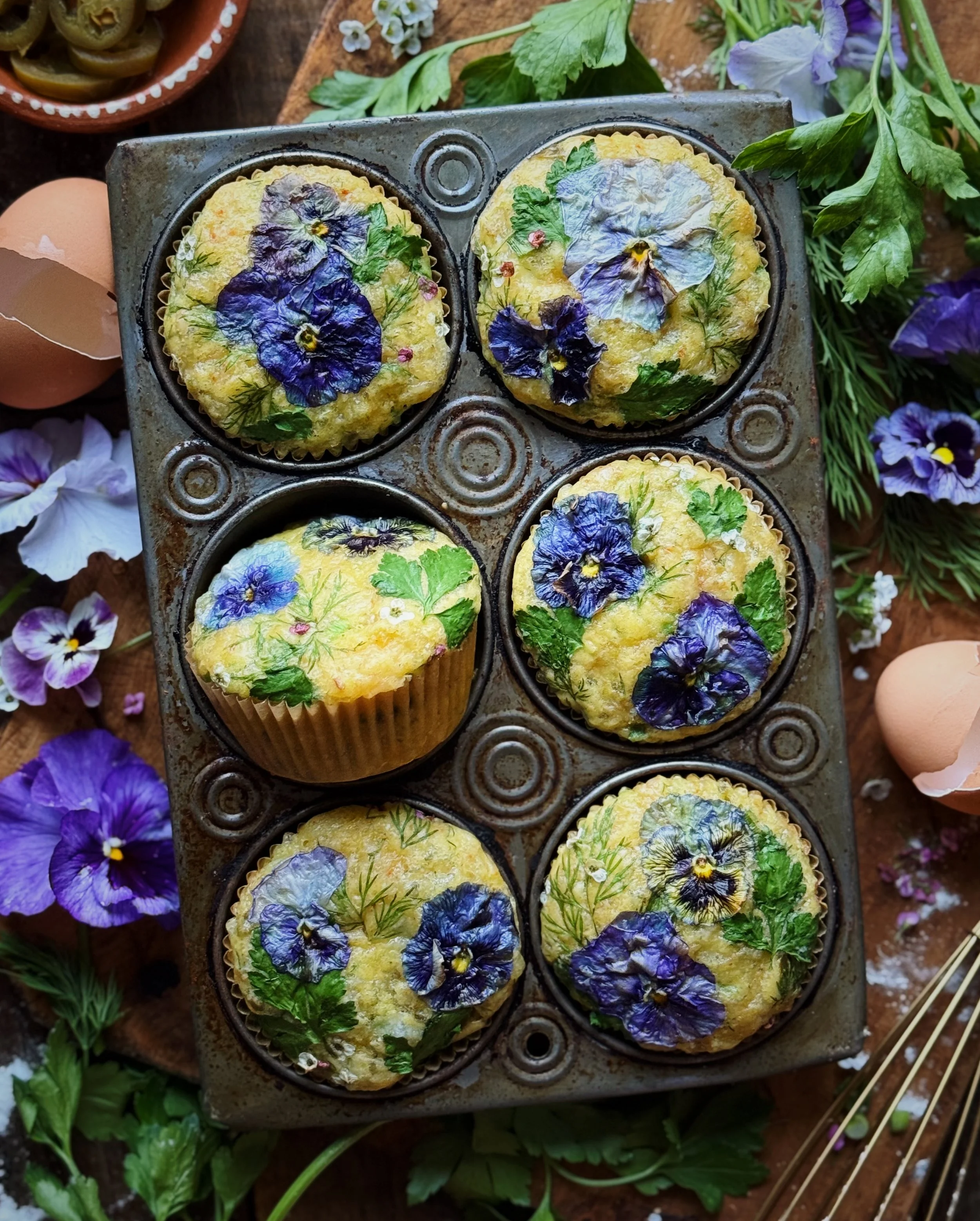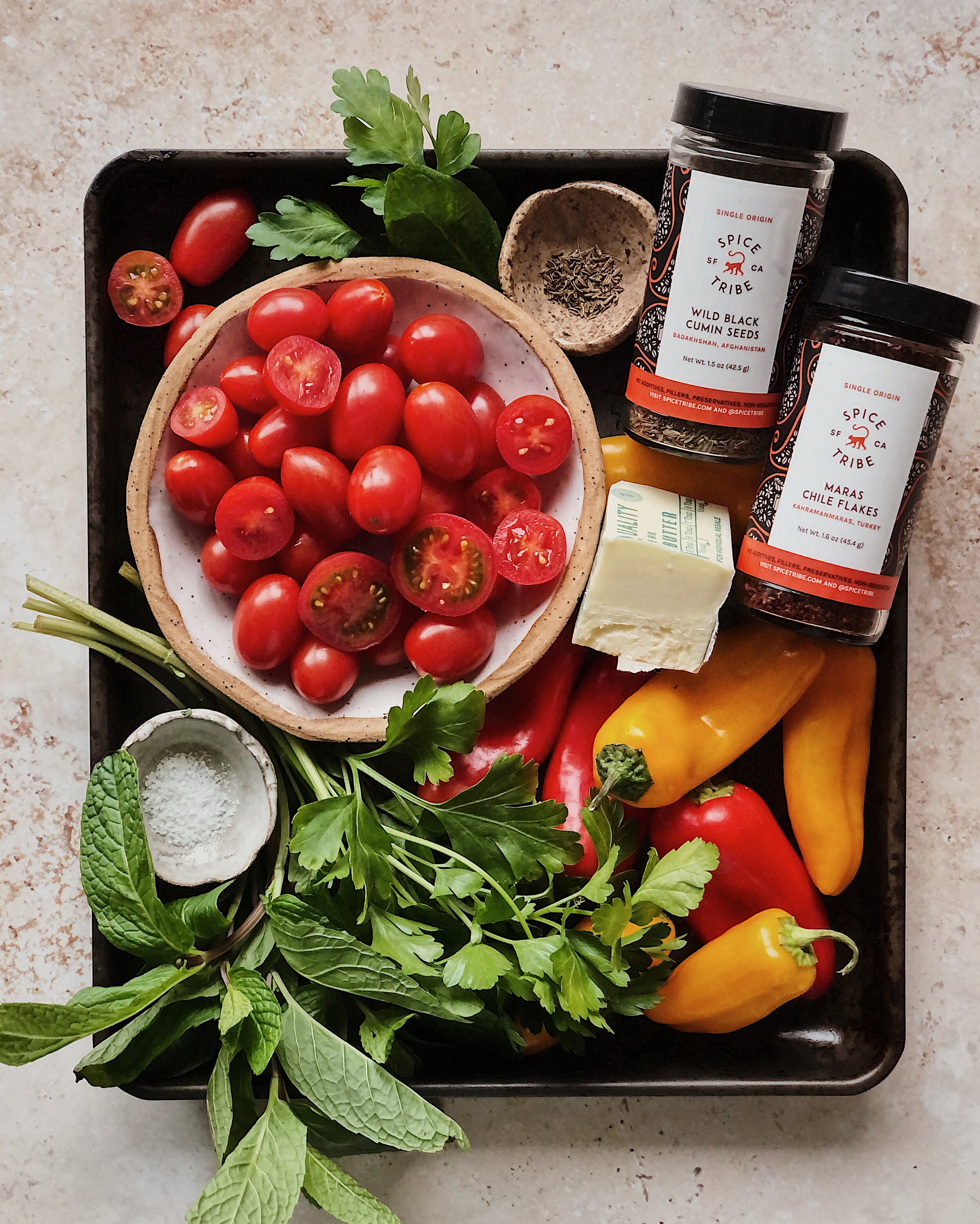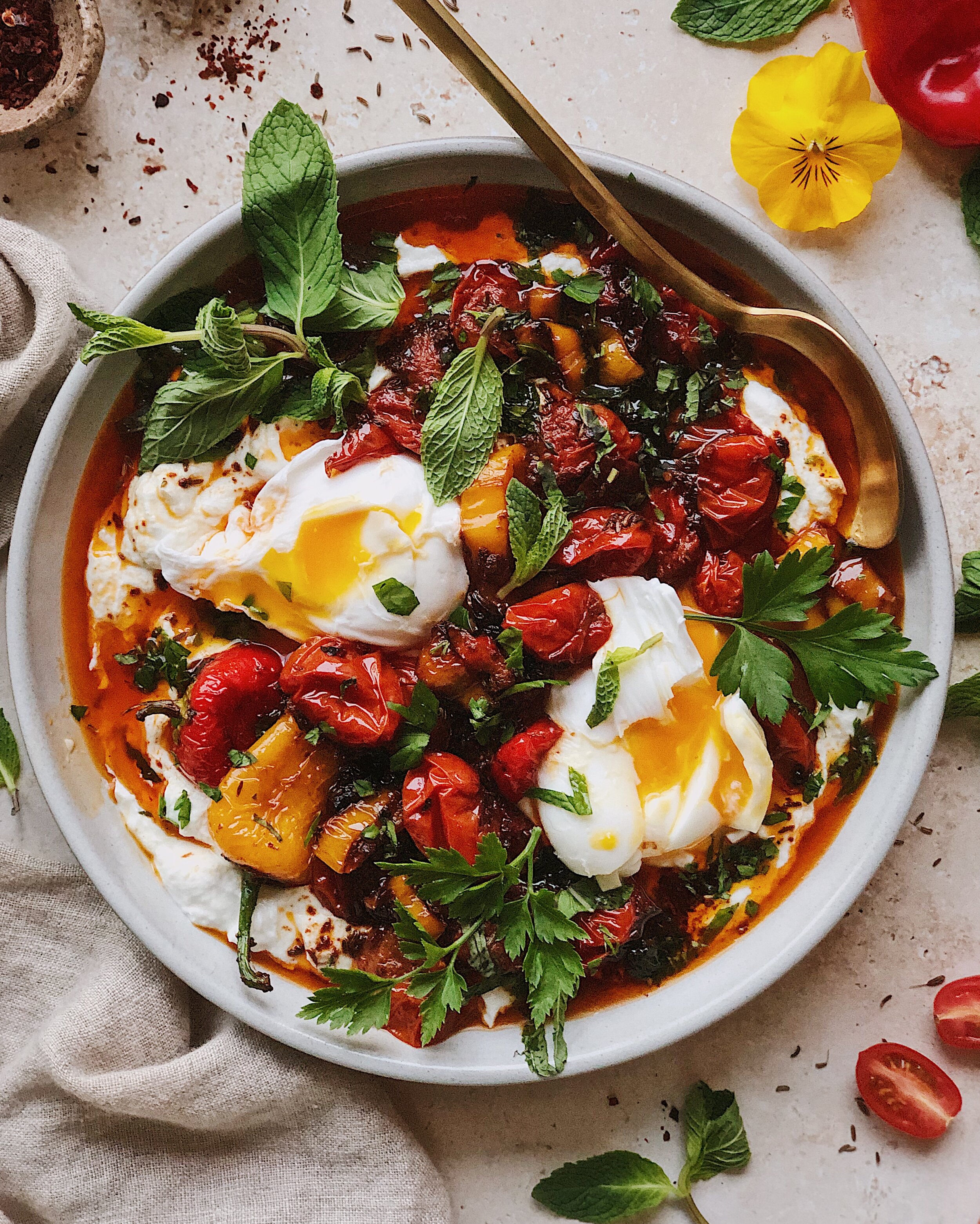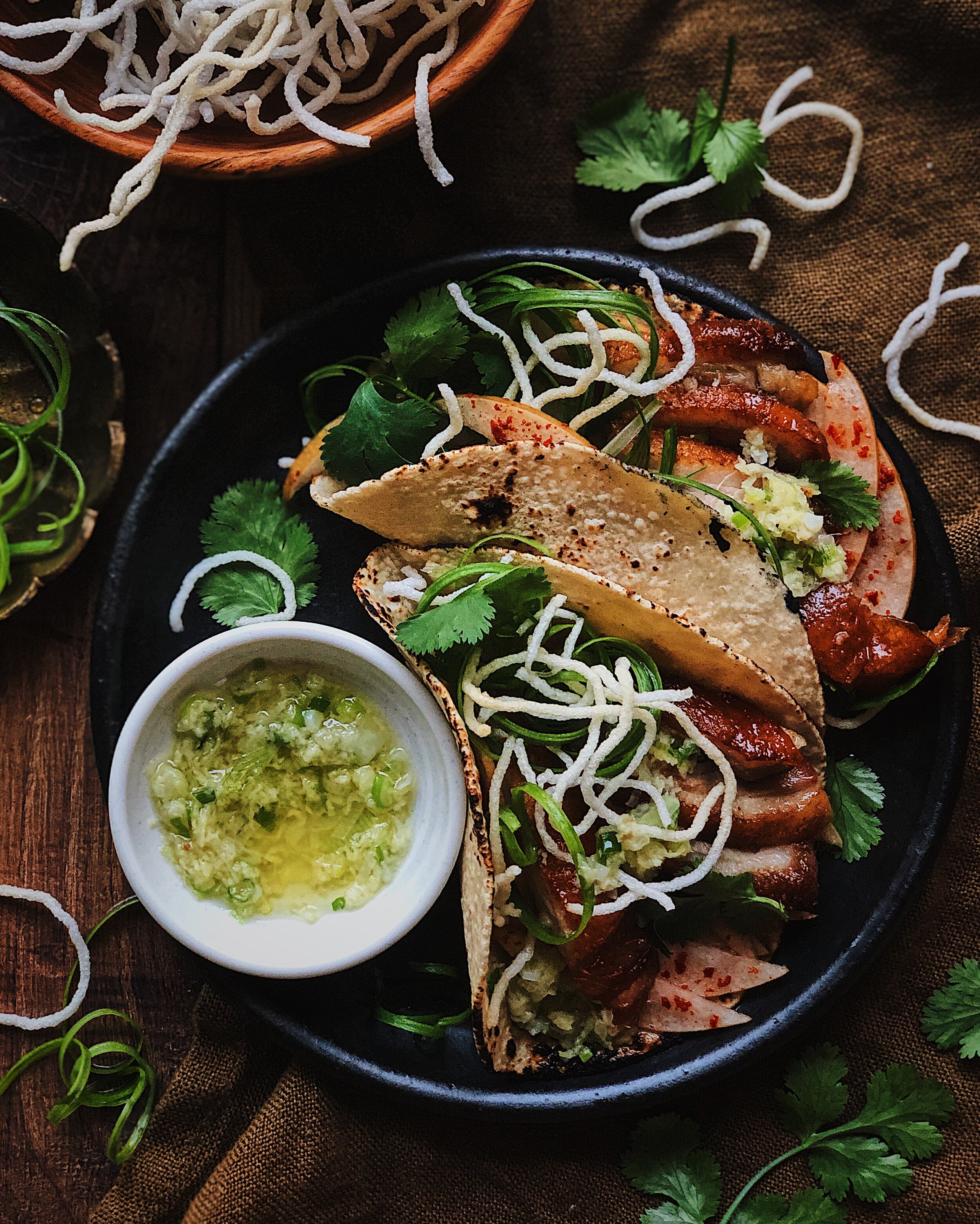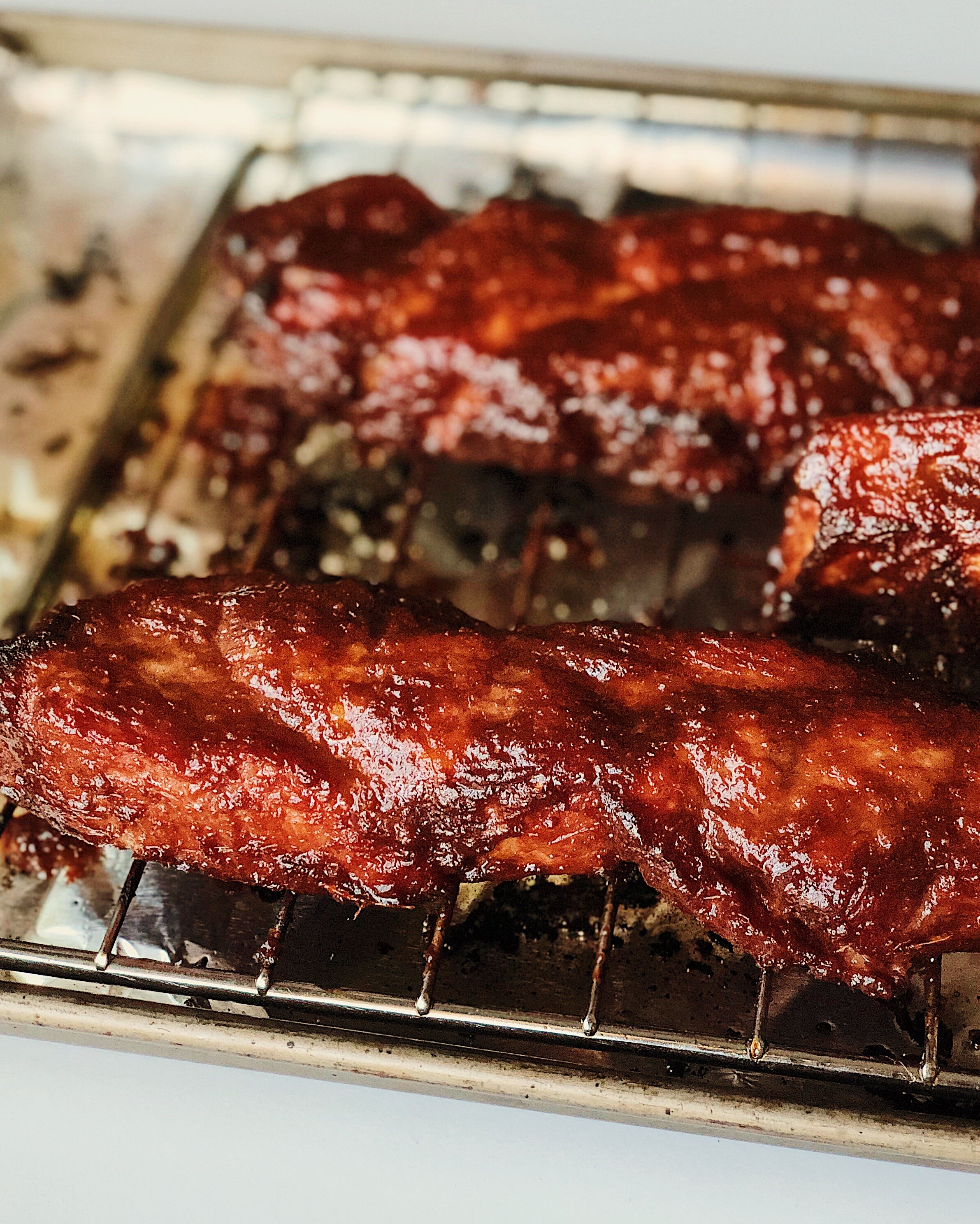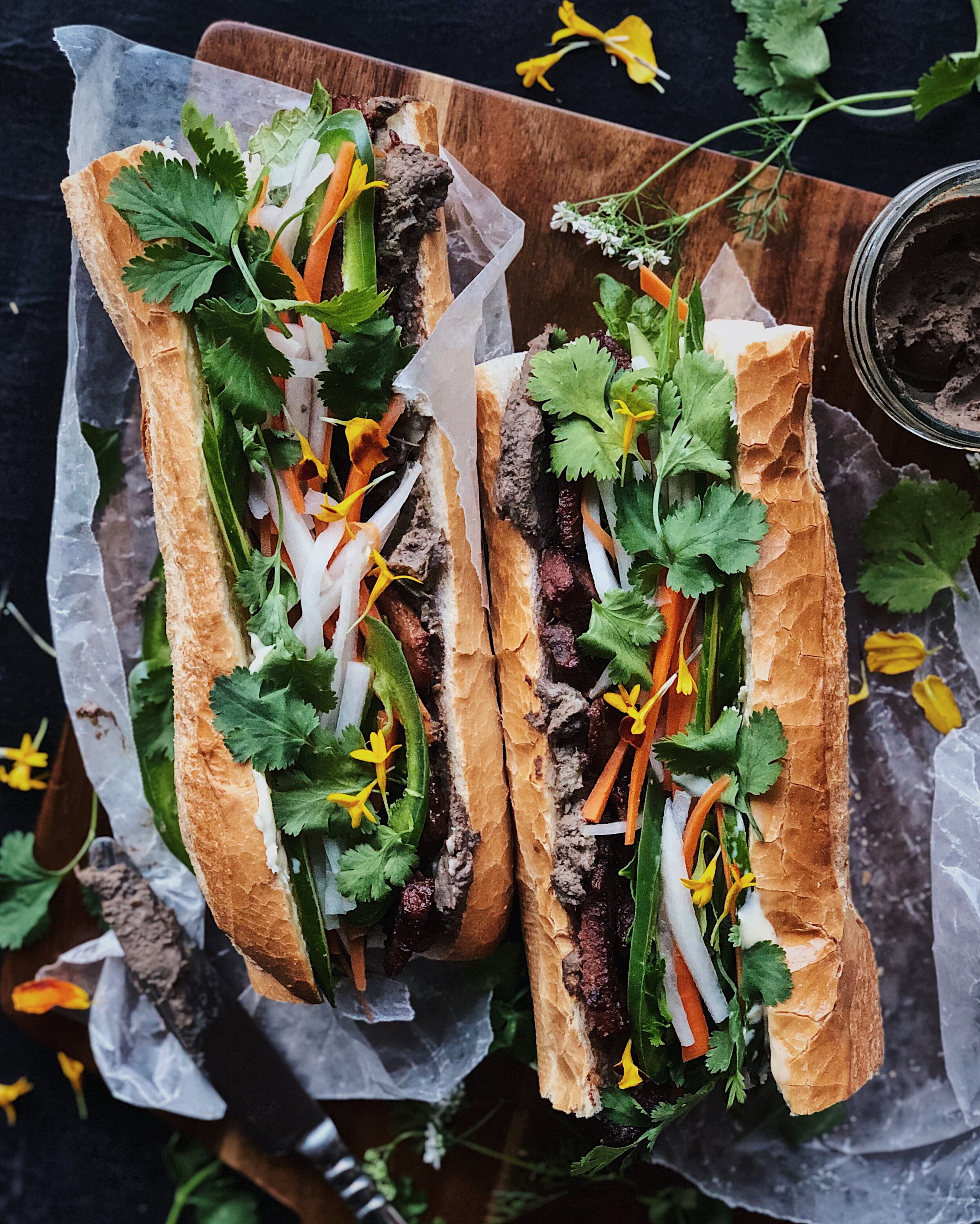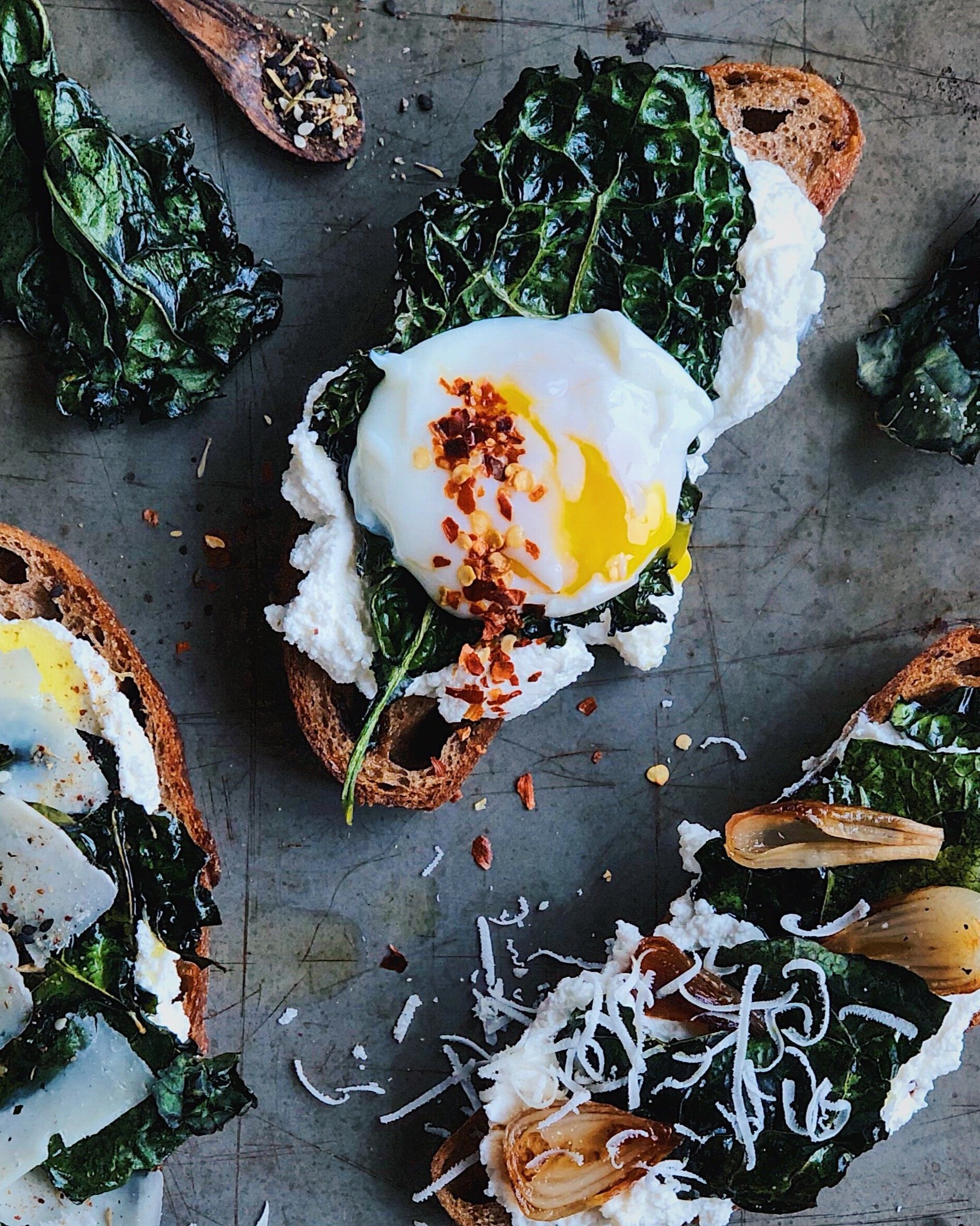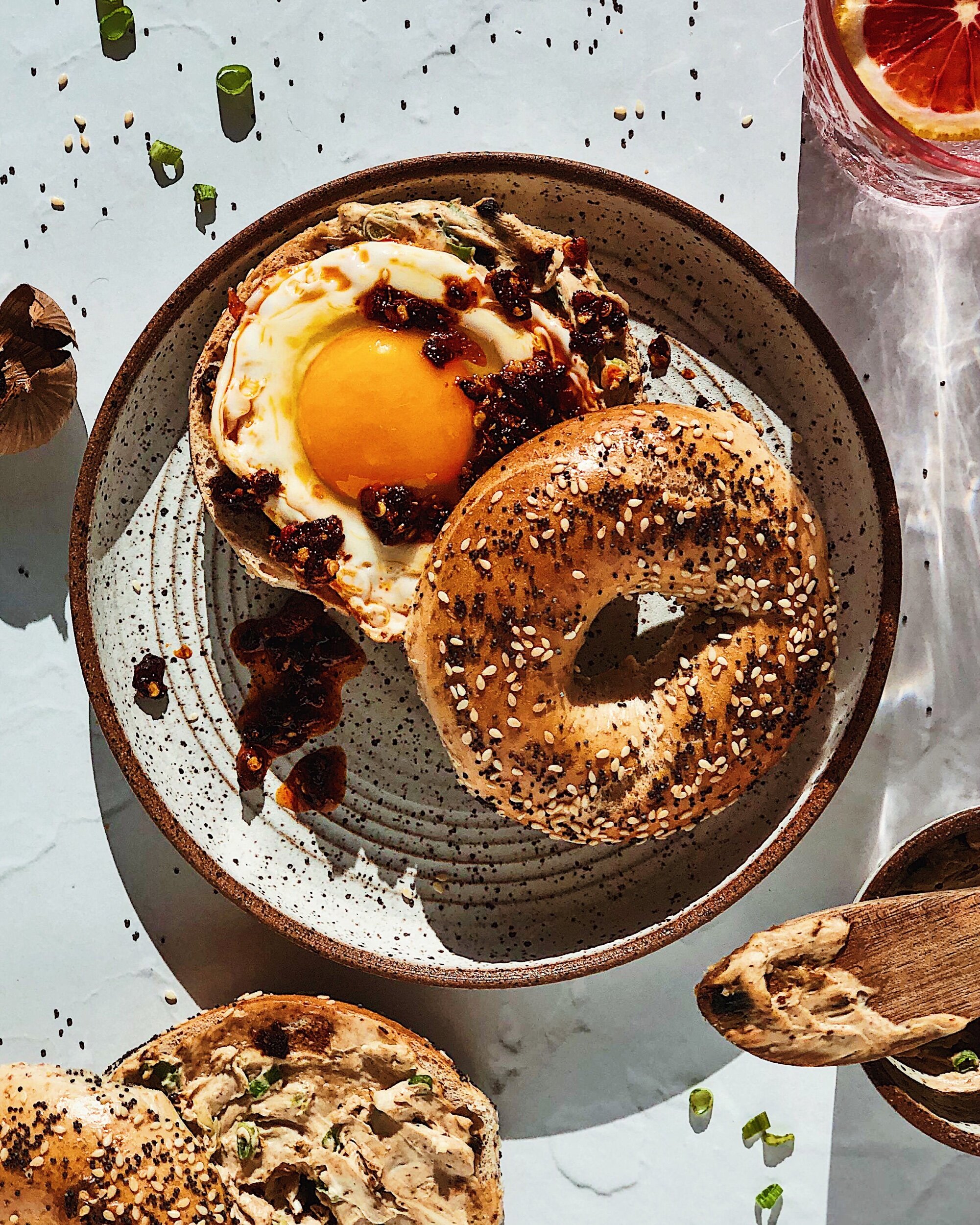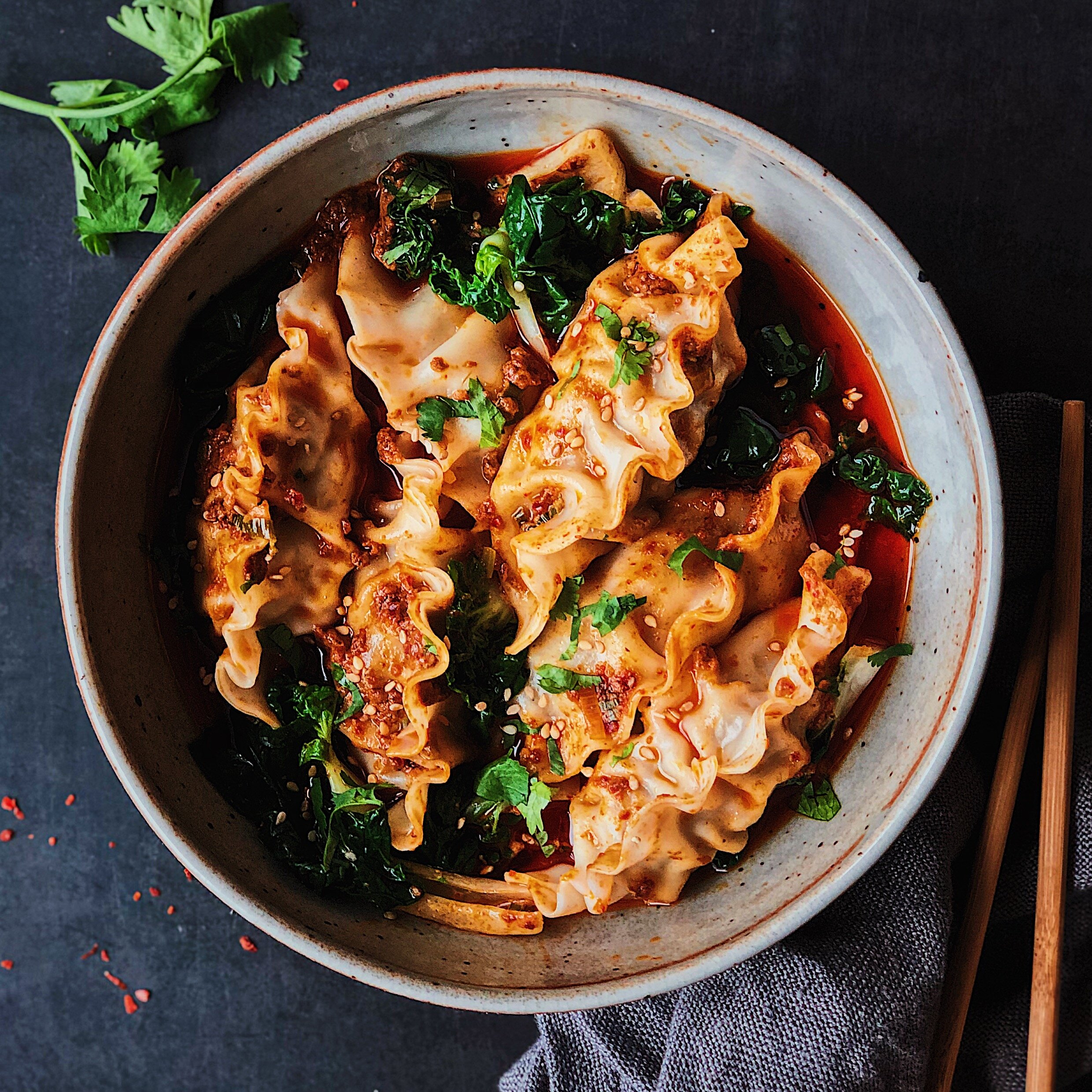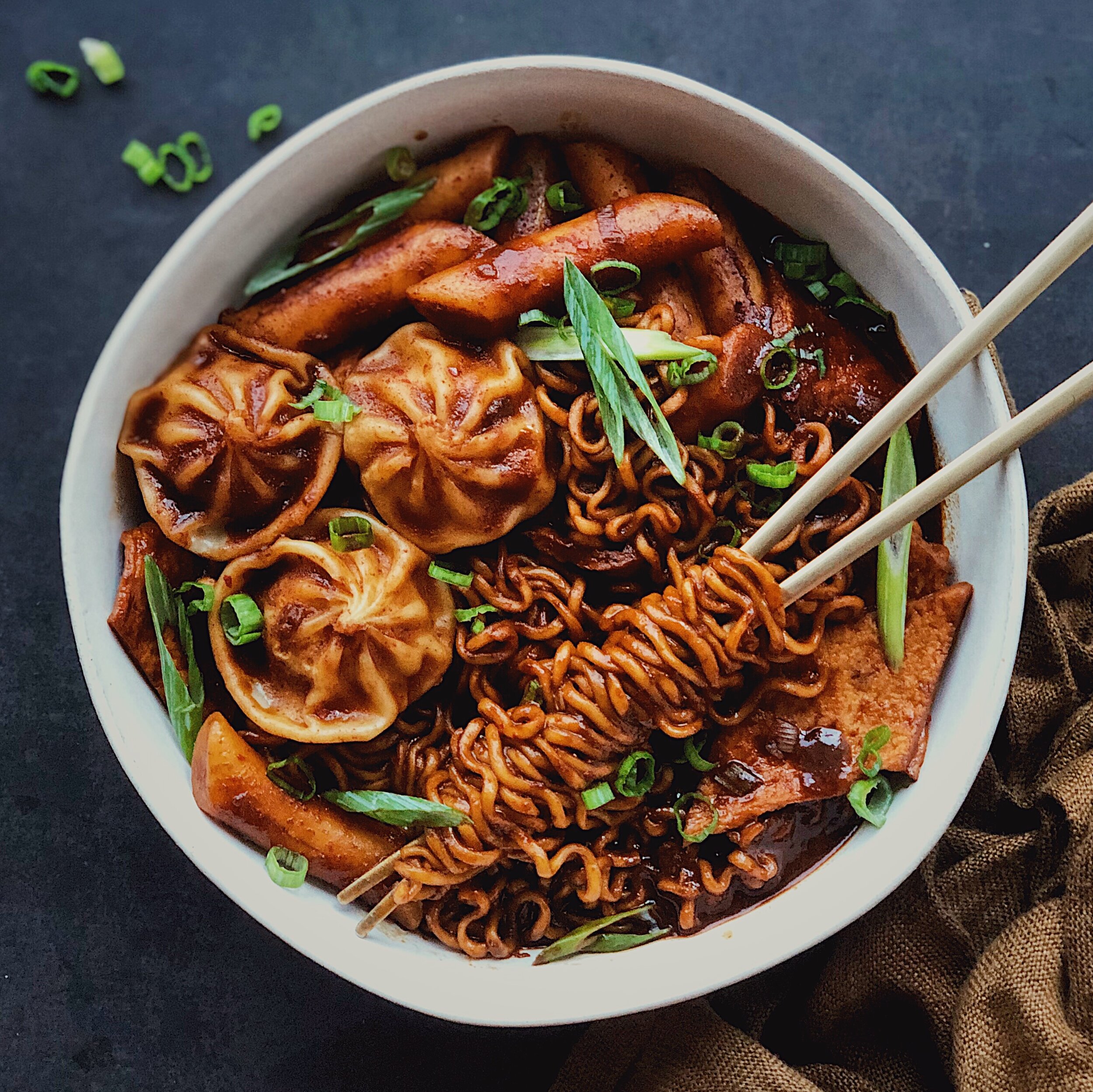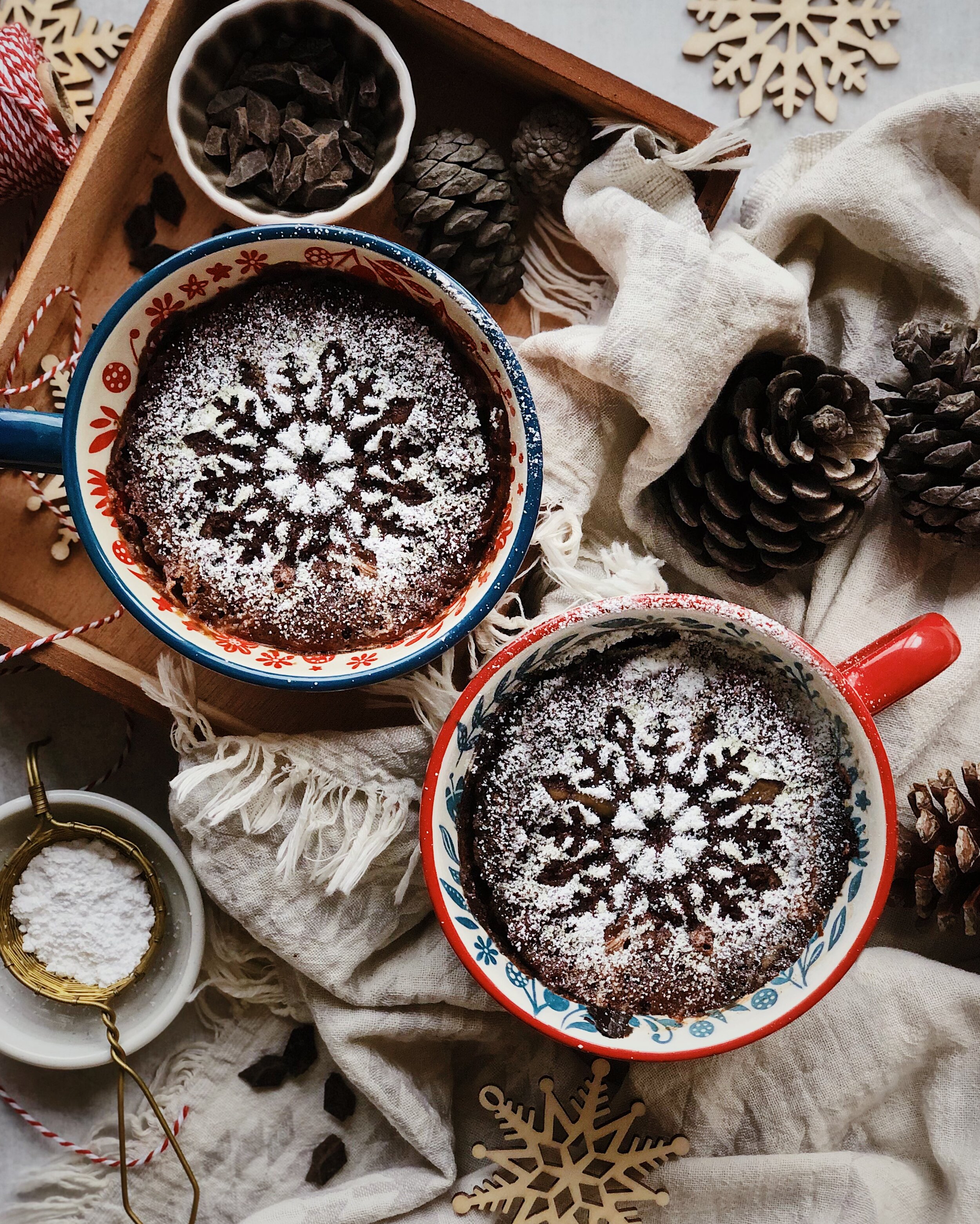Recipe: Turkish Eggs with Charred Tomatoes & Sweet Peppers
/One of my favorite breakfast dishes of all time is çılbır—known in English simply as “Turkish eggs”. The first time I had this was not anywhere in Turkey, but in London, and I was in awe over how bold it was to combine three such indulgent things: creamy garlicky yogurt, runny poached eggs, spicy melted butter. I love all of those things individually, but together they were something else entirely—unapologetically, mindblowingly good.
For a while, I wasn’t sure if Turkish eggs was really a Turkish dish. My Kurdish friend who grew up in Turkey never heard of it. And, I had trouble finding it on menus when I was researching where to eat in the three different cities I visited in Turkey; (likely due to being unable to read Turkish,) the only place I was able to get it was at a super hipstery brunch place in Istanbul with major San Francisco vibes, where their riffed version came on a bed of wilted greens. But finally, I found this article by Maha Salah which talks about çılbır being considered a humble dish made from Turkish moms’ kitchen staples, and that’s why it’s not included in the flashy kahvalti spreads in the touristy areas I visited. (Although I also read that sultans of the Ottoman Empire enjoyed it for breakfast, too.)
Because çılbır is one of my favorite breakfasts, whenever I see Aleppo pepper or Halaby pepper, my mind immediately goes to the glorious spicy melted butter that spreads over the yogurt like lava in this dish. When I started working with Spice Tribe, one of the products I was most excited to receive was their Maras Chile Flakes, which are the same pepper variety but sourced right from Turkey. I knew I had to use it in some sort of riff on Turkish eggs.
To be clear, çılbır does not need riffing. Its beauty comes from its simplicity, so I love that it’s a dish born from what people always had on hand. But I wanted to show off Spice Tribe’s Maras Chile Flakes while contributing some ideas that went beyond the basic recipes that were already out there, and in a way that continued to celebrate the beauty of simple ingredients without a whole lot of effort.
So here’s what I added to the mix:
Cherry or grape tomatoes: Cooked in a hot skillet until they burst, the juices from these flavor bombs bring a little freshness, and acid to complete that holy quaternity of salt, fat, acid, heat.
Sweet peppers: Apparently these are mini bell peppers, but I buy them in bags that are generically labeled “sweet peppers” at Trader Joe’s; they are similar in size to a jalapeño pepper but completely different in taste. The natural sweetness of these becomes even more pronounced when they get all soft and charred, and they add another dimension of flavor indulgence when they are swimming in that yogurt and butter.
Wild black cumin seeds: Bloomed in the butter as it melts, Spice Tribe’s Wild Black Cumin Seeds add a fragrance of cumin to the dish and a little bit of a nutty texture. When cooked whole, I find these black cumin seeds to smell and taste like a milder version of the ground spice I use in curries.
Fresh herbs: I couldn’t resist garnishing with some fresh herbs—in this case, parsley and mint. But I admit the motivation was mostly aesthetic; the dish will be still delicious without them.
Served with some crusty toasts or charred flatbreads to mop everything up, this dish is a delicious paradox of humble yet indulgent ingredients. Those extra add-ons really turn it into a full meal, so I would recommend enjoying this not just for breakfast, but any time of the day.
How to Make Turkish Eggs
with Charred Tomatoes & Sweet Peppers
Ingredients
1 cup Greek yogurt
1–2 cloves garlic, pressed*
1/6 cup extra virgin olive oil
12 ounces cherry or grape tomatoes
8 sweet peppers, stems removed, sliced into 1/4-inch pieces
1/2 tsp Kosher salt, or to taste
1/4 cup salted butter
2 tsp Spice Tribe Maras Chile Flakes
1 tsp Spice Tribe Wild Black Cumin Seeds
2 eggs, poached
Fresh herbs, such as mint and parsley (optional)
Toast or flatbread, for serving
* If raw garlic is too pungent for your taste, substitute with 2–4 cloves of garlic confit or roasted garlic, mashed well.
Procedure
Mix together yogurt and garlic. Set aside to allow flavors to incorporate.
In a large nonstick skillet, heat the olive oil on medium-high until shimmering. Carefully add the tomatoes and peppers in one layer and season with salt. Reduce the heat to medium if the oil starts to smoke, but leave the tomatoes and peppers to char on one side before flipping over. (Note: As the tomatoes start to burst, there will be some oil splatter.) Cook the tomatoes and peppers until lightly charred on two sides, about 5–7 minutes total.
Move the tomatoes and peppers gently to one side of the pan, reduce the heat to medium-low, and add the butter to the other side. As the butter starts to bubble along the edges, add the Maras chile flakes and cumin seeds. Stir the spices into the pool of melted butter and continue to cook until the butter starts to foam. Fold all the contents of the pan together.
Swirl the yogurt mixture onto the bottom of the serving dish(s), creating channels for the melted butter to flow. Tuck the poached eggs into the yogurt, spoon on the tomatoes and peppers, then pour the spiced melted butter over everything. Garnish with fresh herbs if desired. Serve with bread to scoop everything up.
Thank you so much to Spice Tribe for sponsoring this recipe! Check them out on Instagram here or visit their website to purchase high quality spices and unique small-batch spice blends.
